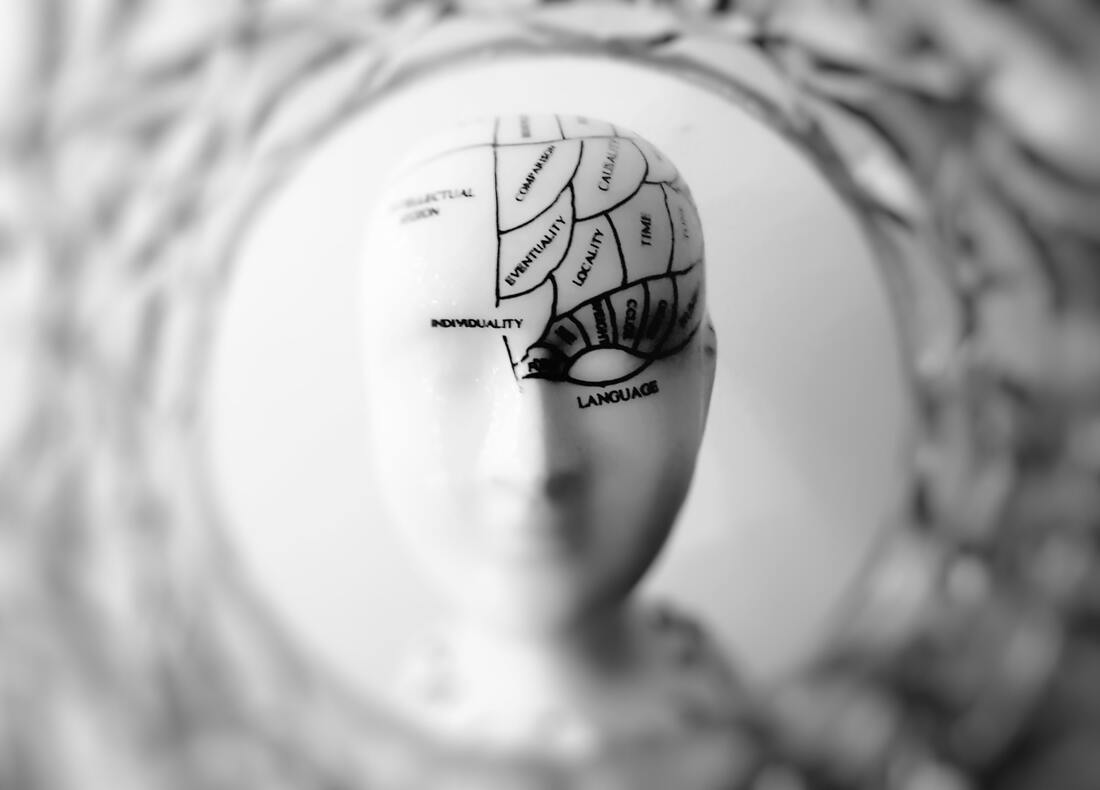The Amygdala: Definition, Function, & LocationThe amygdala is a tiny brain region with outsized importance – it is the brain region that drives our experiences of fear, among other things. How does that work, exactly? Read on to find out.
This is the dilemma we face when we try to understand how different parts of the brain work. None of them exist in isolation, and they communicate with and influence each other constantly. So what is the benefit of trying to understand different parts of the brain? I’ll try to make the case here that some aspects of our brains are fairly easy to understand, and fairly useful to understand, too. Let’s look at the amygdala – probably a brain region you have heard of before – and cut through the density of scientific research to get to the core of what this brain region is doing.
Before reading on, if you're a therapist, coach, or wellness entrepreneur, be sure to grab our free Wellness Business Growth eBook to get expert tips and free resources that will help you grow your business exponentially.
Are You a Therapist, Coach, or Wellness Entrepreneur?
Grab Our Free eBook to Learn How to
|
Are You a Therapist, Coach, or Wellness Entrepreneur?
Grab Our Free eBook to Learn How to Grow Your Wellness Business Fast!
|
Terms, Privacy & Affiliate Disclosure | Contact | FAQs
* The Berkeley Well-Being Institute. LLC is not affiliated with UC Berkeley.
Copyright © 2024, The Berkeley Well-Being Institute, LLC
* The Berkeley Well-Being Institute. LLC is not affiliated with UC Berkeley.
Copyright © 2024, The Berkeley Well-Being Institute, LLC




